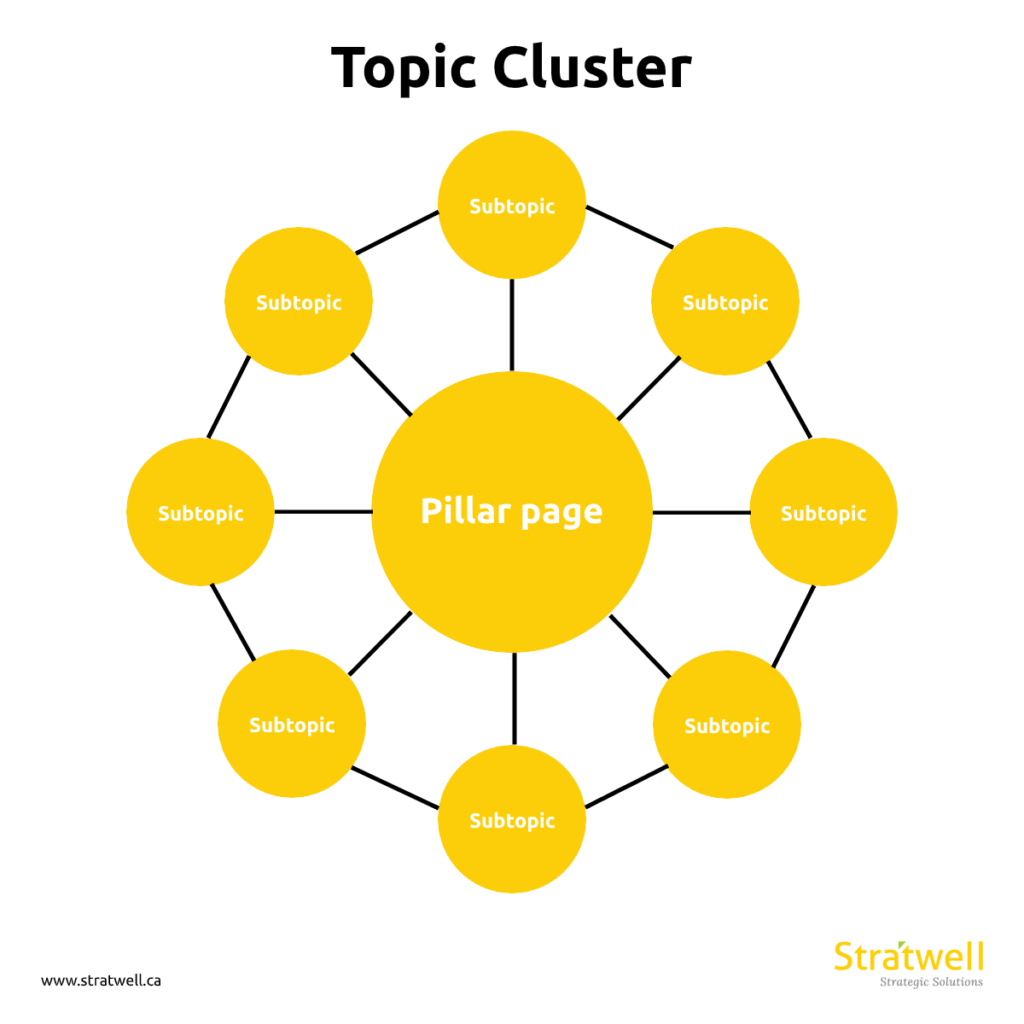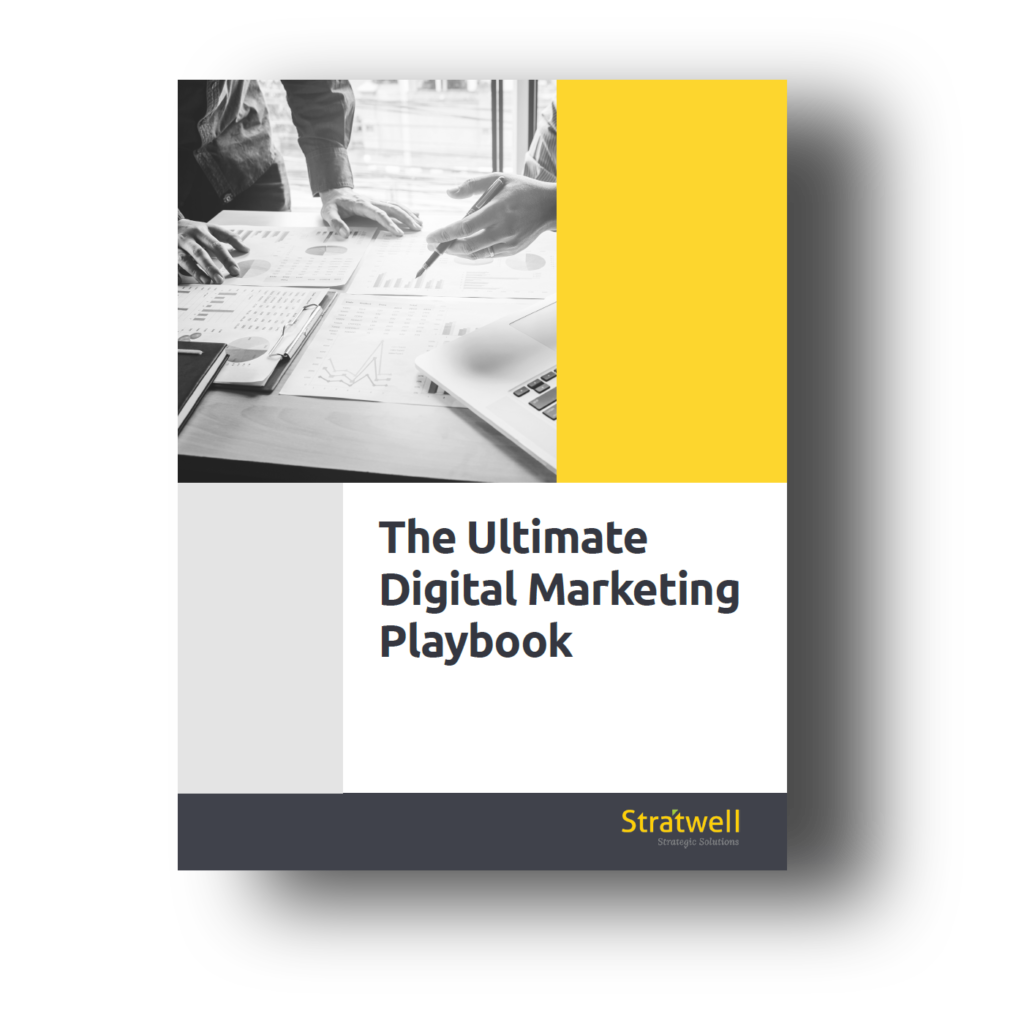Backlinks are sources that connect one webpage to another. Link building, when done right, can significantly place your content ahead of others on search engines.
For Google search ratings, a link building strategy is necessary since Google determines its ranking based on the webpages’ quality. The number of backlinks these webpages contain is part of the consideration of Google’s algorithm. Google also strongly considers the link popularity of these websites, which means that links with a high viewer ranking will have a stronger positive impact on your website’s overall ranking.
What is link building?
Not all links are the same, and therefore it is important to choose those that can positively affect your content. The question on every content creator’s mind is what is link building? Or, what is the best link building strategy? Here is an overview of the different types of links available:
Inbound links: Inbound links are your web content links implanted into another person’s web content.
Outbound links: Outbound links are the reverse; they are links you placed within your content that takes people to another webpage.
Internal links: In simple terms, internal links point inwards into other locations on a website or web domain. For instance, you can set up an internal link on your website’s home page to your product page.
External links: These are links that connect from other websites to your website. If another website sites content on your page and link it back to you, you have got yourself an external link. There are two types of external links, the Dofollow and Nofollow links.
Dofollow links: These are links that are valued the most by Google. They help push SEO (Search Engine Optimization) link juice and boost the page linked-sites’ rank, improving their SERPs as a result.
Nofollow links: These are links that are not valued as much by Google. It used to have no positive impact on page ranking, but as of March 2020, nofollow links are permissible to be counted as hints for ranking pages. They will be used to crawl and index when Google analyzes websites for rankings on its search engine.
The first five types of links aim to promote your contents credibility and rank higher on Google search. Nofollow links, on the other hand, will have a smaller impact on your SERP ranking but will help you gain more visitors.
For any Link building strategy to be complete, a combination of all of these links should be used. Multiple types of links on your content indicate to Google that your links were naturally built (rather than purchased) and, therefore, generate a better result in ranking.
Link building strategy
When link building, quality vs. quantity is important for you to consider. Similar to content, it is crucial to understand that quality should always supersede quantity. When developing your link building strategy, here are the points to consider.
Relevance to your content: Any link that cannot shed any relevance to your content is considered spammy and will result in a poor user experience. Consider carefully which link compliments the content you are building. Your web content must answer the questions it presents and should be able to check all the boxes of being a link building SEO content.
Linking page authority: Authority link building demands that the chosen page be a high ranking one on Google. Authority links depend not just on the domain and page authority score but also on their content relevance, quality, and age. It is also dependent on the authenticity of the domain. Government sites, leading companies, educational institutions, and much more can possess stronger Authority links.
Content marketing, and how it helps build backlinks?
The internet is riddled with information, and a great way for businesses, brands, and websites to promote themselves is by creating content-rich writing; this is called content marketing. A content that answers the question posed and beyond will inevitably be sort after as a backlink for other sites.
For information about why content marketing should be centralized to your digital marketing efforts, check out our blog post here.
What are pillar pages and its relation to building backlinks?

One of the strategies of building engaging content is through developing content clusters and pillar pages. Pillar pages are contents that explicitly explains a topic without going deeply into it.
Within this pillar page are various internal and external links to pages explaining in-depth bits and parts of the topic. These are generated naturally, and building your link with such a page could increase your site’s credibility and authority. Pillar pages tend to get a lot of attention because they quickly answer multiple questions and, therefore, easier to generate organic backlinks.
To learn more about topic clusters and pillar pages, check out our blog post here.
Steps to build and potentially increase the chance of getting your site backlinks
The questions that remain are how to build backlinks step by step? And how to build links to your website generally? Here are the proposed link building techniques you can follow.
Outreach: Finding niche-specific outreach opportunities is an essential link building strategy. Outreach link building ensures that you inform those interested in your niche’s content to offer a wealth of knowledge on the said niche. The logic here is that if people know you have trusted information about a topic, they will likely be linking to your site.
Guest Blogging: This is also known as “Guest Posting”. This involves you writing for another brand’s website. As a guest blogger, you get credit for your work. In return, you can insert a backlink or two to your site on the content. Getting links to website pages where you guest wrote is an excellent authority link building strategy.
Broken link building: Also called Dead Link Building, you recreate content based on broken links relating to your niche and convince websites linking to these 404 pages to replace their links to your site. This technique works well because dead links are frustrating, and you are now providing quality content enriching user’s browsing experiences. By providing a quick solution to these websites’ owners, you create goodwill while increasing your site’s authority.
Unlinked Mentions: This Backlink refers to honourable mentions of your work online. If a site or a social media page cites your work without linking back to your site, you create backlinking opportunities by requesting these unlinked mentions to be linked.
Link Reclamation: This is the process of reclaiming lost links. There are several reasons why you will lose a link, including web content being brought down by the author or the page no longer being indexed by Google.
Other reasons could be the links were corrupted, broken, or being redirected. There are choices you can take to reclaim a lost link, from asking the author to link back to your website or rebuilding corrupted or broken links.
Paid Promotions and Linkable Assets: Different platforms promote your content, helping to generate consistent traffic and grow your clients’ base. However, they require you to pay. ROI should always be a consideration when pondering this type of link building strategy.
Divert links from inferior web pages: There may be thousands of already written topics on the specific topic you are writing. Connect to websites that link to your competitors with inferior content and suggest them to divert those links to your page. This way, you can promote your Google ranking while providing greater experiences for viewers of those websites at the same time.
Content repurposing and syndication: This option sees you reusing all or elements of existing content to expand your website’s reach. In this case, you are not a guest blogger writing for the site’s favour. Instead, you are strictly promoting your site. You get to improve your brand’s reach and publicity while building links and getting traffic to your content.
Community site link building: Community site links are made through posting and commenting on forums, message boards, and blog pages. While these are most likely nofollow links, they help boost publicity and drive traffic to your site. This is a great strategy for mixing your link types when building organic links to your website.
Conclusion
The importance of generating leads in business cannot be overemphasized. Understanding the different types of link building strategies and using them to your advantage will help increase the authority and traffic to your website.
What are your experience with link building? Comment below and let us know!
Enjoy this article? Subscribe to get similar articles delivered to your inbox and don’t forget to share it with your friends.
Other Related Blog Posts:
Alan Lo, Managing Partner of Stratwell Strategic Solutions, brings a decade of entrepreneurial and business development experience. Early in his career he was instrumental in building out the distribution channels of a real estate investment firm with over $2 billion in AUM. He has then founded an investment company in 2014 which he successfully exited in 2019.












6 Comments
Great post!
Thanks for the kind comments, Booby
Thanks for the post. I found the information very useful.
Thank you Oliver!
This is a topic that is near to my heart…Many thanks!
Thanks Phillis!